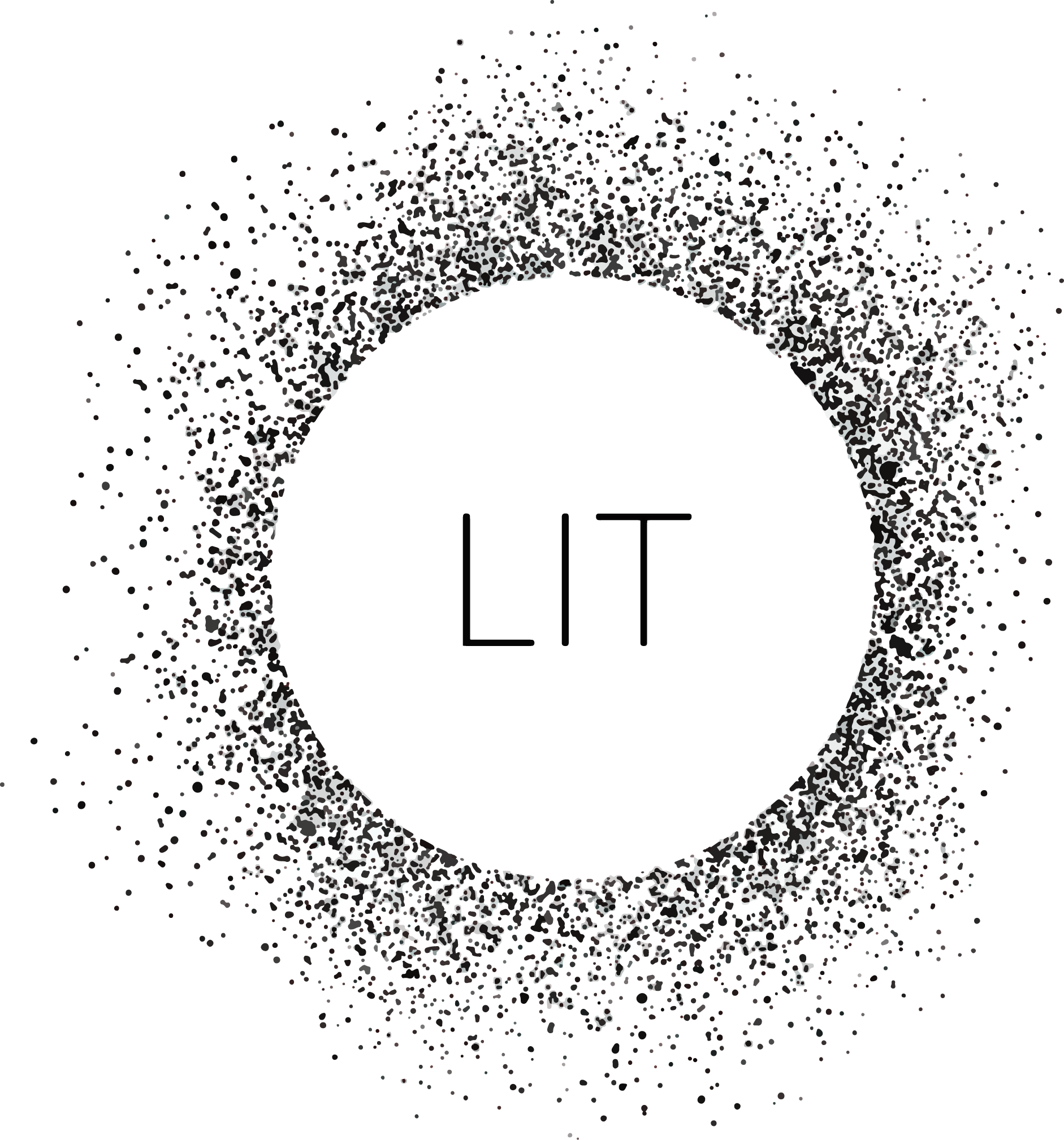| Line 951: | Line 951: | ||
<div id="barc"> | <div id="barc"> | ||
| − | <p class="pop-text">We used a <span style="color: red">photosensitive protein</span> and a <span style="color: green">photocaged non-natural amino acid</span> to make 2 light-induced gene activation systems for a 3D printing technology that only uses bacteria as raw material. Guided by light, cells form 3D structures through adhering to each other and then produce the PHB biopolymer, secreting it and layering the material in the already formed structure.</p> | + | <p class="pop-text">We used a <span style="color: red">photosensitive protein</span> and a <span style="color: green">photocaged non-natural amino acid</span> to make 2 light-induced gene activation systems for a 3D printing technology that only uses bacteria as raw material. Guided by light, cells form <span style="color: #24b4ff">3D structures</span> through adhering to each other and then produce the <span style="color: black">PHB biopolymer</span>, secreting it and layering the material in the already formed structure.</p> |
</div> | </div> | ||
Revision as of 10:34, 24 October 2017
UCL iGEM 2017 presents
LIT(Light Induced Technologies)
We developed applications for biological light switches. The mission was to standardise optogenetic tools for wider use in synthetic biology and to show how we can apply them in tissue engineering, building architectural structures and producing bacterial light-bulbs.
We used biological light switches to design an organ printing system
Our bacterial light bulb controls its luminescence through a photosensitive protein.
We used a photosensitive protein and a photocaged non-natural amino acid to make 2 light-induced gene activation systems for a 3D printing technology that only uses bacteria as raw material. Guided by light, cells form 3D structures through adhering to each other and then produce the PHB biopolymer, secreting it and layering the material in the already formed structure.


